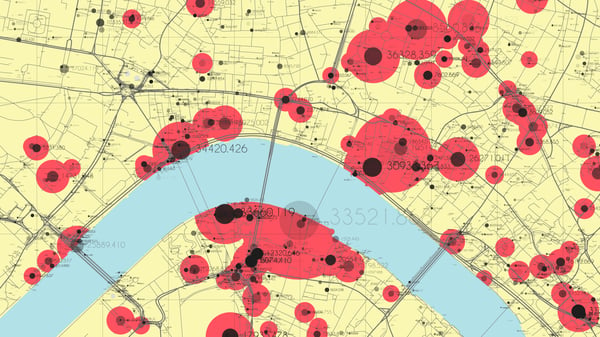4 Must-have Data Points for Dispatch-Billing Alignment and Maximum Reimbursement
Carving Out Ambulance Crash Costs
EMS providers face challenging revenue issues with reimbursement rates continuing to decline
Was this information valuable?

EMS providers face challenging revenue issues with reimbursement rates continuing to decline. Unfortunately expenses to operate are always increasing which puts a strain on net income (profit) margins. Controlling costs is much more manageable then trying to increase revenue. Most EMS providers estimate revenue by run volumes which are mostly static with slight variations in growth. You just can’t make ambulance runs happen void of any new contracts for service. Motor vehicle crashes cost employers $60 billion annually in medical care, legal expenses, property damage, and lost productivity. They drive up the cost of benefits such as workers’ compensation, Social Security, and private health and disability insurance. In addition, they increase the company overhead involved in administering these programs. The average crash costs an employer $17,500. When a worker has an on-the-job crash that results in an injury, the cost to their employer is $74,000. Costs can exceed $500,000 when a fatality is involved.
One area that EMS providers cannot budget for is the financial implications of a vehicle crash. These expenses, depending on the severity can take a net income to a loss overnight. Operators need to know all the costs associated with a crash and make changes to prevent
them from happening. Performing a cost/benefit analysis of the safety measures is also a good idea. With raw numbers as proof of positive results, managers and employees alike are more
likely to commit themselves to realizing a fleet vehicle safety culture. A return on investment (ROI) analysis can be calculated by determining the company's accident rate prior to implementing the fleet vehicle safety measures. In addition, knowing the true cost of a loss is very compelling.
The following should be taken into account when calculating vehicle crash losses:
1. Increase of insurance premiums.
2. Increase of deductibles.
3. Damage to equipment other than the vehicle.
4. Overtime to replace injured employee(s).
5. Expenses to hire and train replacement employee(s).
6. Legal expenses.
7. Settlement(s) liability.
8. Replacement of vehicle and equipment.
9. Lost employee time.
10. Lost management time.
11. Expenses to replace (rent – lease) another vehicle and or equipment.
12. Reduced resale value of repaired vehicle.
13. Increase in workers’ compensation insurance.
14. Negative impact in community and contractual relations.
Learn how you can create a culture of safety in your organization, visit www.fleetsafetysolution.com or learn about behavior modification with RescueNet Road Safety
Related Posts
How EMS Agencies Can Reframe Need and Refocus Resources With Geospatial Analytics
How To Minimize Radio Chatter and Reduce Guesswork With Smarter Dispatch Resource Management
ZOLL Pulse Blog
Subscribe to our blog and receive quality content that makes your job as an EMS & fire, hospital, or AR professional easier.
ZOLL Pulse Blog
Subscribe to our blog and receive quality content that makes your job as an EMS, fire, hospital, or AR professional easier.




